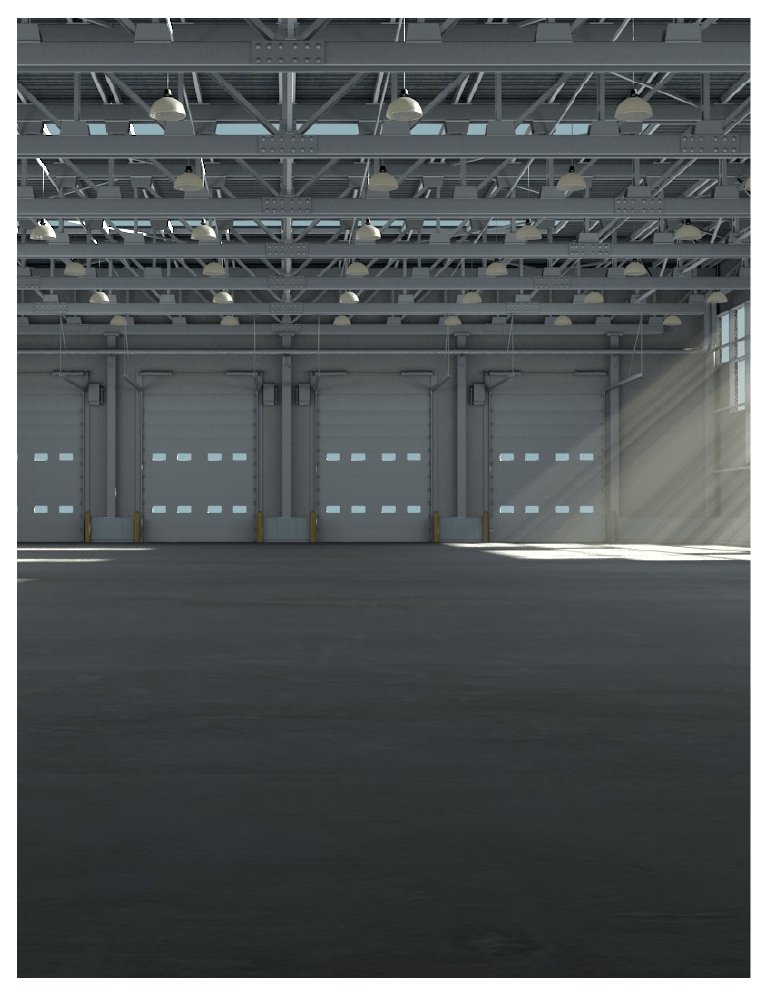Storage Tips and Guides for Walker Storage MN
Welcome to Walker Storage Megaplex MN! Are you looking for effective storage solutions and tips? You’ve come to the right place. We provide you with comprehensive storage tips and guides that are guaranteed to make your storage experience easy in Walker Storage MN. Whether you are a first-time user or a seasoned pro, these tips will assist you in maximizing your storage space while keeping your belongings organized.

Packing Tips
Declutter Before Packing
- As you prepare for storage, take the opportunity to declutter your belongings.
- Decluttering helps minimize the amount of items you need to store, allowing you to optimize your storage space more efficiently.
Utilize Appropriate Packing Materials
- Invest in quality packing materials such as sturdy boxes, bubble wrap, packing tape, and furniture covers.
- Fragile items should be wrapped individually in bubble wrap before placing them in boxes.
- Use packing peanuts or crumpled newspaper to fill empty spaces in boxes to prevent items from shifting during transit.
Label Boxes Clearly
- This will save your time when you need to retrieve specific items from storage, ensuring easy access and organization.
Disassemble Large Furniture
- To maximize storage space, disassemble large furniture pieces such as beds, tables, and shelves.
- Keep all screws, bolts, and small parts together in clearly labeled bags or containers for easy reassembly.

Organizational Tips
Categorize Your Belongings
- Group similar items together to create efficient storage zones.
- For example, keep all seasonal clothing in one area, electronics in another, and sports equipment in a separate section.
Use Shelving Units and Stackable Containers.
- Stackable containers are an excellent storage solution, allowing you to easily access the items you need without digging through piles of boxes.
Create a Clear Walkway
- Leave a clear pathway in your storage unit to ensure easy access to all areas.
- Avoid the frustration of having to move multiple items to reach something at the back of the unit by planning and organizing strategically.
Label Shelves and Sections
- Just like labeling boxes, label shelves and sections within your storage unit.
- This will help you locate items quickly and maintain a structured and organized storage space.

Security Tips
Choose a Secure Storage Facility
- When selecting a storage facility, prioritize security features such as surveillance cameras, gated access, and on-site security personnel.
- Ensure the facility has adequate measures in place to protect your belongings from theft or damage.
Use Reliable Locks
- Invest in quality locks to secure your unit.
- Opt for locks that are resistant to cutting or picking, providing an extra layer of protection for your valuable belongings.
Take Inventory and Photograph Valuables
- Before storing your items, create a detailed inventory of everything you are storing.
- Photograph valuable items and keep a digital record of serial numbers and any distinguishing features.
- This will be invaluable in the event of loss, theft, or damage, as it will aid in insurance claims and recovery efforts.
Accessing Your Storage Unit:
- Familiarize yourself with our access hours.
- Understand policies regarding after-hours access.
- Safety guidelines for loading and unloading.
- Consider utilizing our loading dock facilities.
Maintenance and Care:
- Reporting any concerns to our staff.
- Understand the benefits of climate control.
- Implement conservation practices for assets vulnerable to deterioration.
- Seek guidance from our experts on preserving the condition of rare or delicate items
Insurance and Liability:
- Explore insurance coverage options for stored items.
- Understand the importance of insured storage.
- Clarification on customer responsibilities.
- Handling potential damages and claims.
Specialty Storage Solutions:
- Learn about our specialized storage for vehicles and boats.
- Understand the unique requirements for these items.
- Tips for organizing and storing important documents..

Premium Asset Community Resources:
- Network with fellow collectors and enthusiasts.
- Share insights and tips on storage and preservation
- Stay informed about exclusive events for premium asset owners.
Understanding the Benefits of Climate-Controlled Storage:
- Learn how climate control maintains a consistent temperature, safeguarding items from extreme heat or cold.
- Understand the importance of humidity control in preventing mold, mildew, and moisture related damage.
- Explore how climate-controlled units protect sensitive items such as electronics, antiques, and musical instruments.

Choosing the Right Items for Climate-Controlled Storage:
- Understand the impact of temperature and humidity on wooden furniture.
- Best practices for storing antiques to maintain their condition.
Packing and Organizing within Climate-Controlled Units:
- Invest in high-quality packing materials to protect items from temperature changes.
- Consider climate-appropriate storage containers and covers.
- Utilize shelving to maximize airflow and organization within the unit.
- Ensure proper spacing between items for optimal ventilation.
Climate-Controlled Unit Maintenance:
- Schedule routine checks of the climate control system.
- Report any irregularities promptly to maintenance staff.
- Understand the importance of proper air circulation within the unit.
Accessing Your Climate-Controlled Unit:
- Familiarize yourself with the scheduled access hours for climate-controlled units.
- Plan visits during optimal temperature conditions for added comfort.
- Minimize exposure to extreme temperatures by keeping the unit closed during extreme weather conditions.
Insurance Coverage for Climate-Controlled Storage:
- Explore insurance options that specifically cover climate-related damage.
- Understand the terms and conditions of climate-controlled storage insurance.
Tips for Long-Term Storage:
- Implement a schedule for rotating stored items to prevent prolonged contact with surfaces.
- Regularly assess the condition of items in long-term storage.
Climate Monitoring Devices:
- Information on climate-controlled options for archival storage.
- Understand how these devices can provide real-time data on temperature and humidity levels


